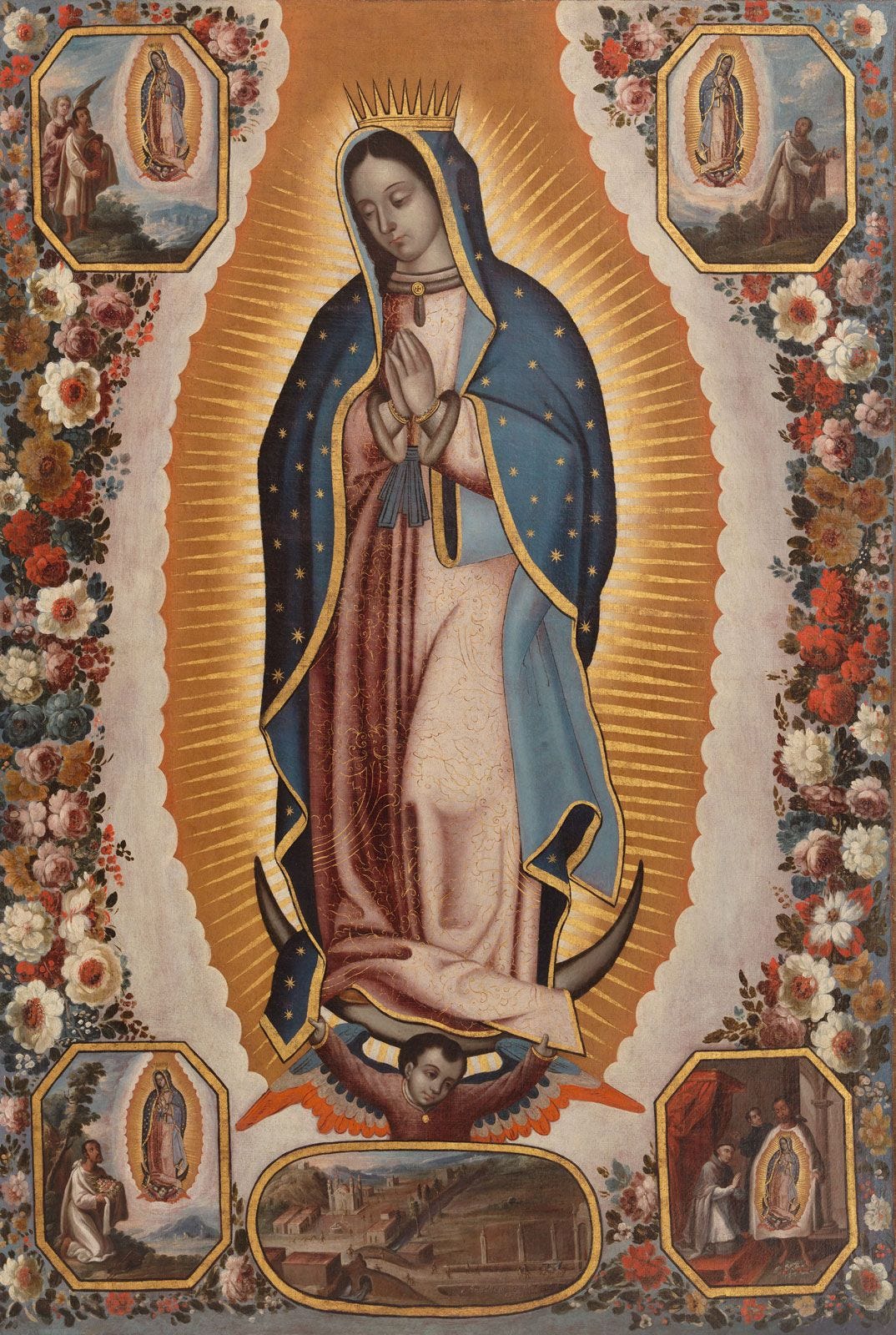Okay, you all know what Mother’s Day is, so I’m not going to waste words on that. But what I am going to do in this post is explain the implications of Mother’s Day here in Mexico to orphaned children. If you haven’t been exposed to the cultural differences, some of this may surprise you.
(Note: I know Mother’s Day is on Sunday in the US, but here, it’s today! Happy Mother’s Day!)
A Family-Centered Culture
When I first moved here, it didn’t phase me that everyone was asking where I was from and who my family was. I’m a foreigner, so these are logical questions to ask. But as I waited and watched, I learned that these questions weren’t coming because I was a foreigner. They also ask each other these same questions. To them, who someone is is tied to their roots. Your identity cannot be separated from your city of origin or your family.
Since your family is part of who you are, days like Mother’s Day and Father’s Day have a different cultural significance. So who is a mother in Mexican culture? What role do they play?
Mexican Mothers
Now, please note that I have spent a relatively short time in Mexico, and that I have noticed that there is a ton of cultural difference between north and south, so there may be things I’m wrong about. But this is what I have noticed so far:
Mothers here have the role of tying family together. While many families preach and hold to the Biblical idea of the husband being the head of the household, mothers are the net underneath that keep the household from collapsing. They are often the ones keeping in contact with extended family, organizing and hosting events, etc. Traditionally, they’re also in charge of the kitchen, and I must say—if you have not had a meal prepared by a Mexican mother, you don’t know what you’re missing.
So far, this may not sound much different from your family. But there is a subtle difference in the mentality. Much of it stems from the heavy Catholic influence that Mexico holds onto. Mexico is 78% Catholic, and they have an extreme reverence for the Virgin Mary (also called the Virgin of Guadalupe because of a story of her appearance in a town called Guadalupe). To some, while the husband is meant to represent Christ, the wife equally represents the Virgin Mary. This vision of holiness puts her in a place where she is arguably the most revered member of the family, and much of the family’s obligation is centered around her.
(Not to say she has it easy at all! There are a lot of stressors for any mother, even without worrying about the image they’re supposed to maintain!)




